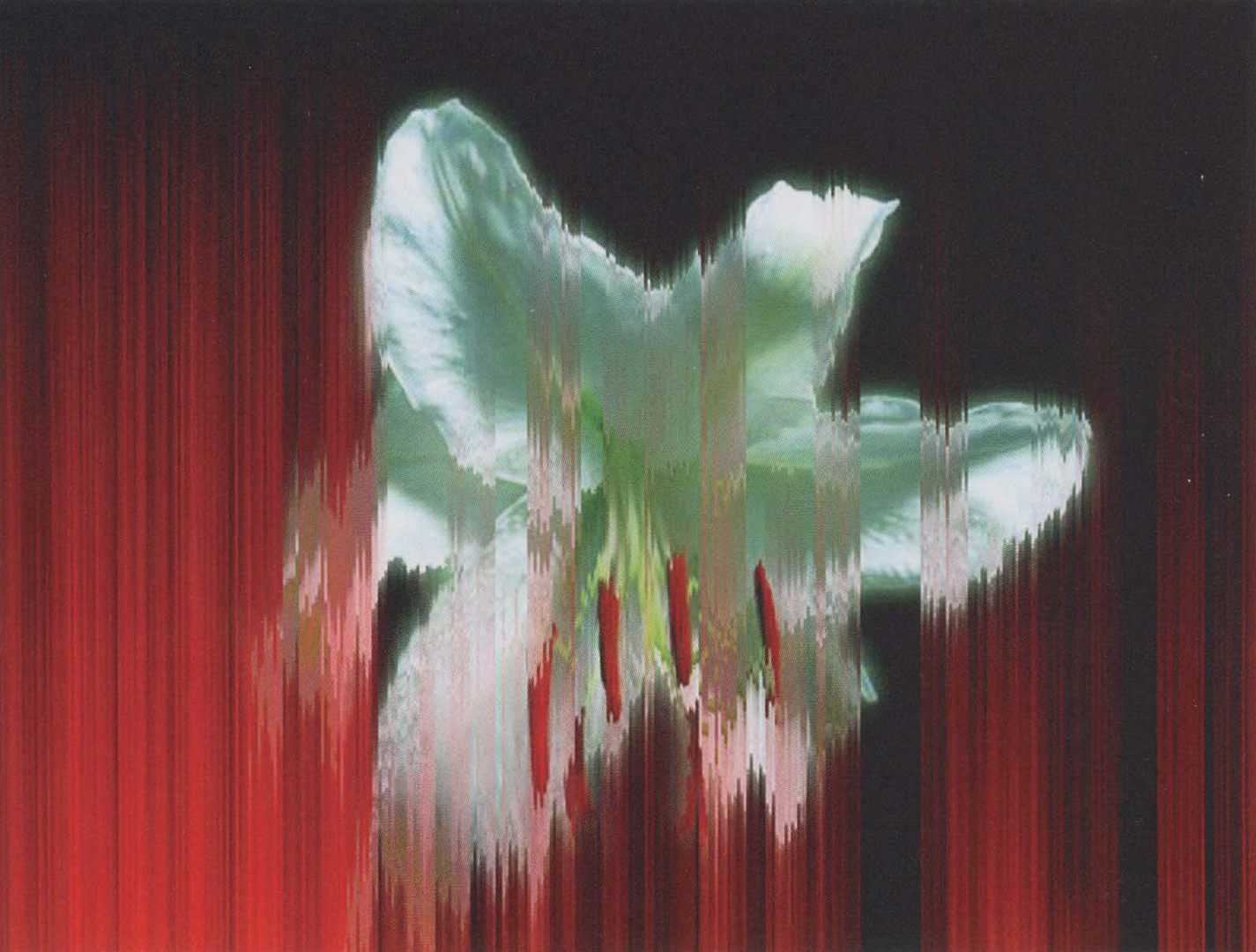Stephanie Owens: Liquid Eden (The Discreet Paradise of Networks)
Artist(s):
Title:
- Liquid Eden (The Discreet Paradise of Networks)
Exhibition:
Creation Year:
- 2005
Medium:
- Web-based art installation
Category:
Artist Statement:
I developed Liquid Eden as an installation informed by the concept of organic data modeling but with a focus on the aesthetics of public space. I am interested in how network technologies like the web
extend the techniques used by traditional landscape painting to define a threshold between representational and real space. By pairing the dynamics of real-time interaction with the art-historical understanding of the landscape, Liquid Eden seeks to visualize and extend the concepts of transparency, materiality, and presence in the context of an interactive environment. As a frequent subject of landscape painting, gardens have often
been used to convey a sense of tension between form and content, raw material and human intervention. As in the work of Rococo artists like Fragonard, the garden is a stage for human action. Its contrived rhythms and regular patterns convey the will of someone no longer present. In this sense the garden is a system, artifice, and theatrical space that always anticipates its user and betrays the actions of those who have come before. In the same way that we can read the patterns of landscapes as the evidence of human intention, Liquid Eden seeks to visualize the collective mark of networked communication. It is conceive as a dynamic, living landscape that makes people and their online
presence the vital material in creating its form.The installation exists as two large-scale, networked projections of two single, white lilies onto a pair of Baroque panels. The lilies are entirely controlled by online users whose interaction with the lilies is immediately reflected in the physical installation. Over the course of the exhibition, the lilies are systematically destroyed by the cumulative actions of visitors to the project web site, forming a luminous animation in perpetual erosion. If at any time there are no online users interacting with the images, the eroded lilies slowly regenerate back to their original state.
As witnesses to this cycle of life and disintegration, viewers who stand in proximity to the installation see the remote interaction of
anonymous others, typically invisible in everyday use of the web, made visible. With the sense that someone is intentionally transforming their immediate surroundings, viewers of the installation experience the project as a kind of threshold architecture where the presence of others, layered in time, has an impact on the way they understand and interpret their relationship to public space.





